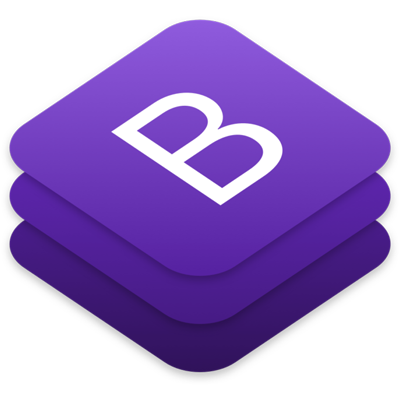If we can help in any way, please don't hesitate to set a time to meet or talk, or leave your details and we'll get back to you.

Create own development team

We will identify the project needs and requirements and determine the deliverables, timeline and budget for the project.We will create a blueprint of the entire application and decide on the technologies and frameworks to be used. We will use Bootstrap to create responsive web pages that are optimised for mobile devices and deploy the application to a cloud hosting provider and make sure it is running properly. We will provide ongoing maintenance and support for the application

At Golden Eagle, we believe that quality assurance is key to creating successful websites and apps. Our team of highly-skilled developers and designers have extensive experience that meets the highest standards of quality. We use a combination of automated and manual testing to ensure that all of our websites and apps are bug-free, perform as expected, and meet the needs of our clients.

We specialize in providing bespoke Bootstrap app development solutions. Our team of expert developers has extensive experience in building high-end web and mobile applications using the Bootstrap framework. Our solutions are tailored to fit the specific requirements of each project and are always delivered on time and within budget. Contact us today to learn more about how we can help you create a custom Bootstrap app that meets your exact needs.

